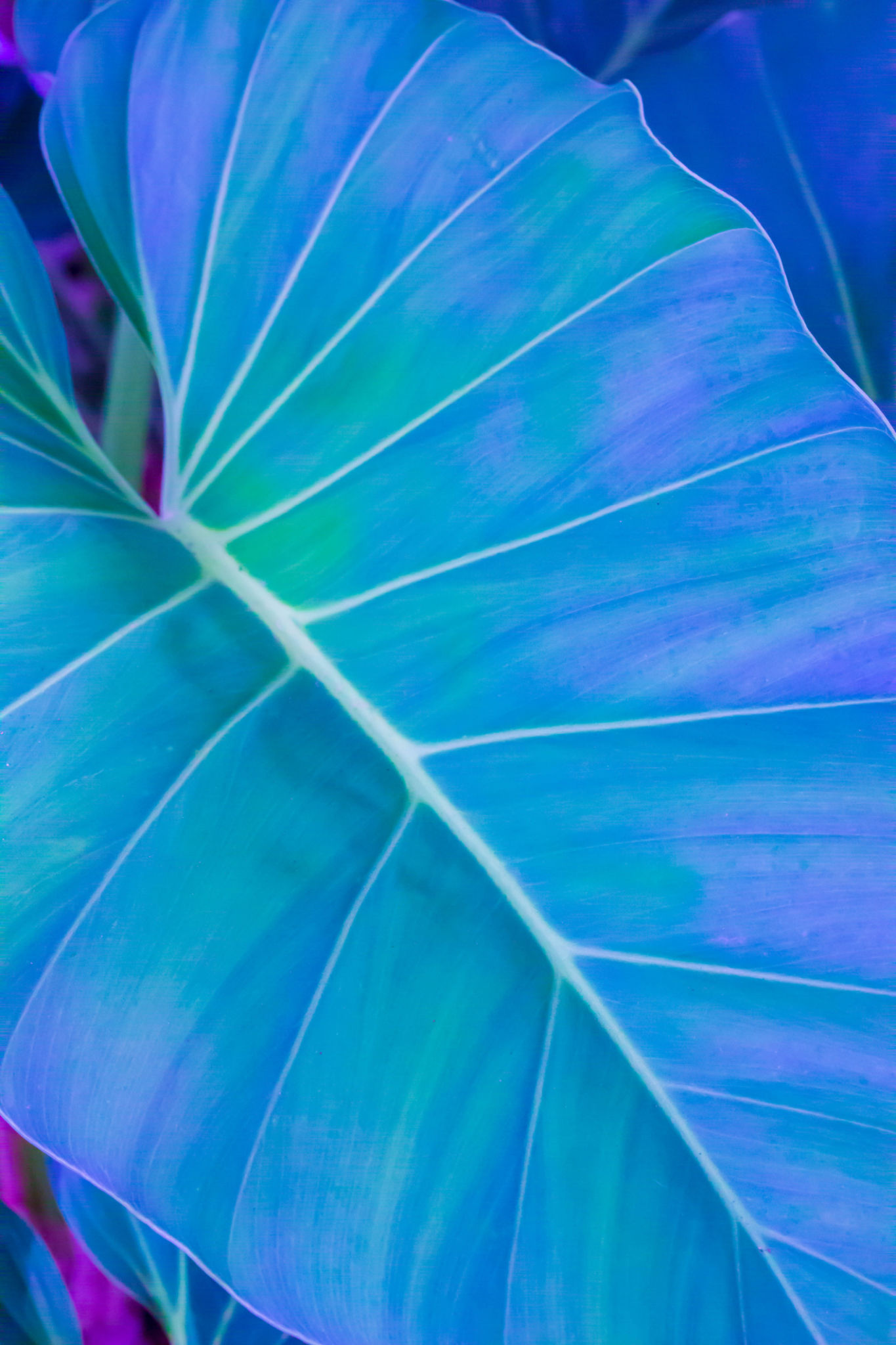The Cultural Significance of African Masks in Dance Performances
The Historical Roots of African Masks
African masks have long been a vital part of the continent's rich heritage, with their use dating back centuries. These masks are not mere decorative artifacts; they are imbued with profound cultural and spiritual significance. Traditionally, masks were used in rituals, ceremonies, and celebrations, acting as a conduit between the physical and spiritual worlds.
The creation of a mask is an intricate process that involves skilled craftsmanship. Artisans use materials such as wood, ivory, and metals, decorating them with pigments and other natural elements. Each design is unique, often symbolizing deities, ancestors, or mythical beings.

The Role of Masks in Dance Performances
In African dance performances, masks play a pivotal role in storytelling and expression. They are integral to dances performed during significant events like harvest festivals, weddings, and funerals. The mask-wearer is believed to embody the spirit represented by the mask, bringing the character to life through movement and rhythm.
Dance performances featuring masks are dynamic and engaging, often involving elaborate costumes and props. The dancers' movements are synchronized with traditional music and chants, creating a mesmerizing spectacle that captivates audiences.
Symbolism and Meaning in Mask Designs
The symbolism in African mask designs is complex and varies across different cultures and regions. Common themes include fertility, protection, and transformation. For instance, some masks might represent animals, embodying their characteristics such as strength or wisdom.
Masks are also used to convey social status or convey messages within the community. The colors, patterns, and shapes incorporated into the mask's design can reflect the tribe's identity or signify specific rites of passage.

Regional Variations in Mask Use
Africa is a vast continent with diverse cultures, each with its own unique approach to mask-making and usage. In West Africa, for example, the Dogon people utilize masks in elaborate dances that depict mythology and cosmology. Meanwhile, the Punu of Central Africa are known for their white masks that symbolize beauty and purity.
These regional variations provide a rich tapestry of artistic expression and cultural heritage. By studying these differences, one can gain insight into the diverse beliefs and traditions that define African societies.
The Impact of African Masks on Contemporary Art
Today, African masks continue to influence artists worldwide. Modern interpretations of these traditional artifacts can be seen in various art forms, from sculpture to fashion. Many contemporary artists draw inspiration from the symbolic meanings and aesthetic qualities of African masks.

Moreover, African masks have become popular collectibles among art enthusiasts. Museums and galleries across the globe showcase these masterpieces, recognizing their artistic value and cultural importance.
Preserving the Tradition of Mask-Making
As globalization progresses, preserving the tradition of mask-making is essential to maintaining cultural identity. Efforts are being made to ensure that younger generations understand and appreciate this heritage. Workshops and educational programs aim to pass down the skills and knowledge involved in this ancient craft.
By celebrating and preserving African masks in dance performances and other cultural expressions, communities can keep their traditions alive and continue to share them with the world.
